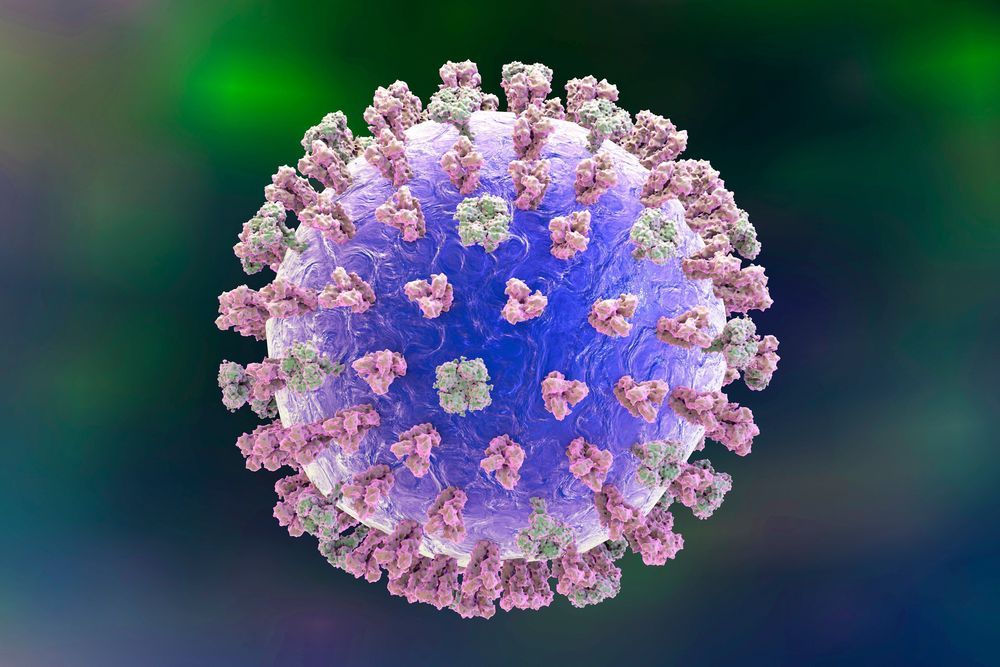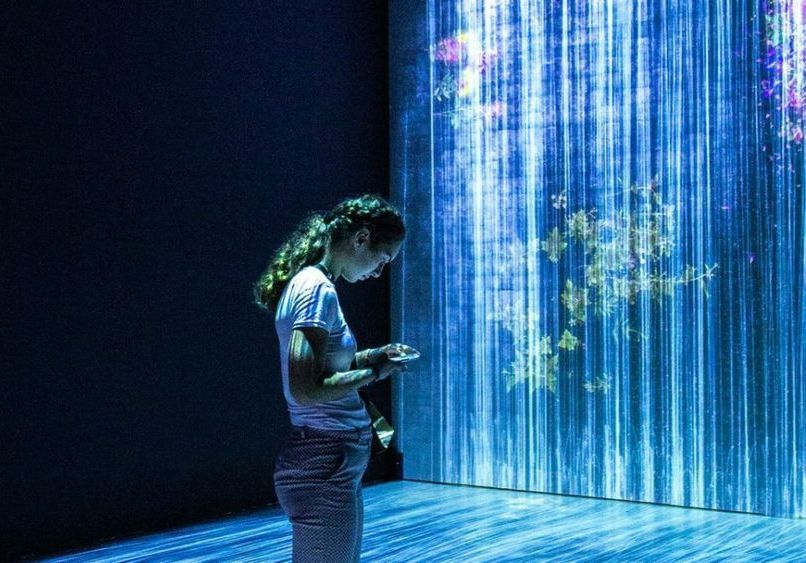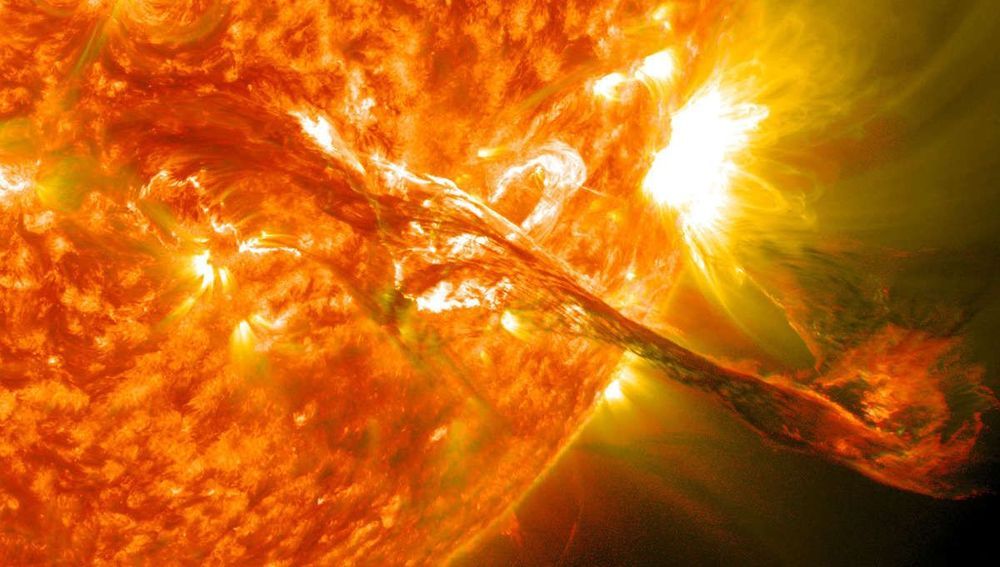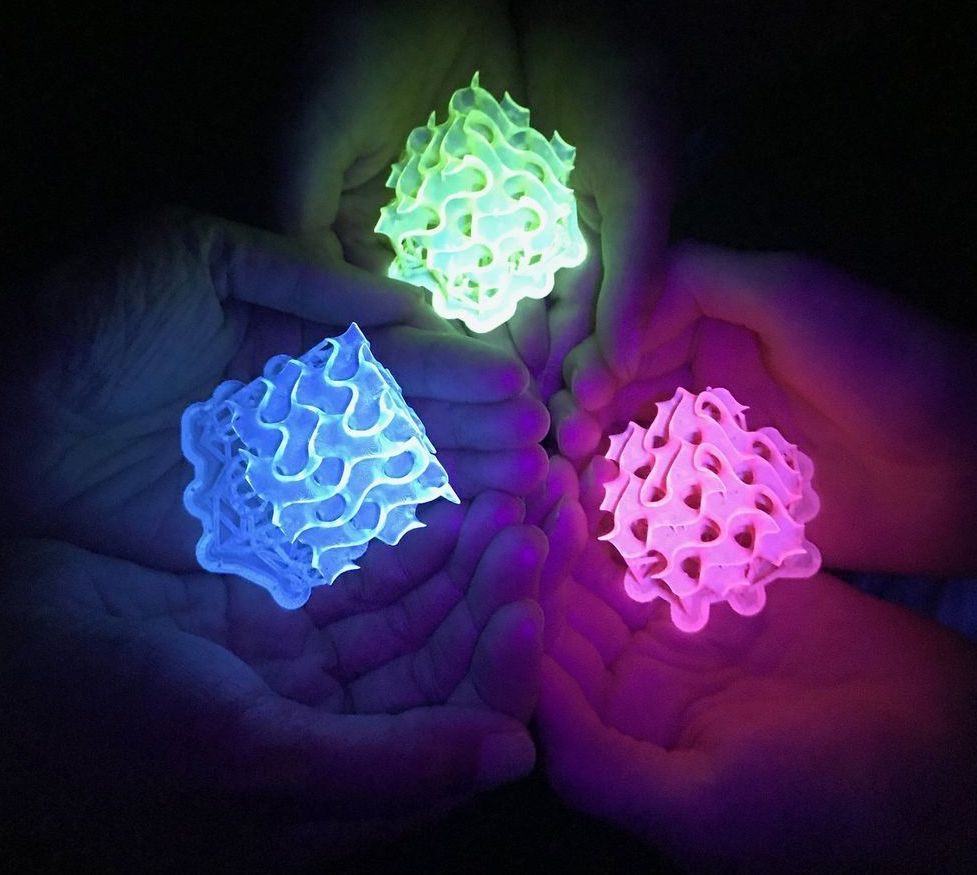Great interview with planetary scientist Isaac Smith, an expert on Mars polar science at York University in Toronto. Well worth a listen.
Three spacecraft are currently en route to Mars, but none will visit the poles. Yet Mars’ poles drive much of the Martian climate. And their understanding is key to deciphering what might have been happening on the Red planet some 3.5 billion years ago when it had lakes, deltas, rivers, and perhaps even transient oceans. I’m very pleased to welcome planetary scientist Isaac B. Smith of York University in Toronto — an expert on Mars polar science and exploration — to discuss the need for a Martian polar lander as well as a broader look at Mars science.








